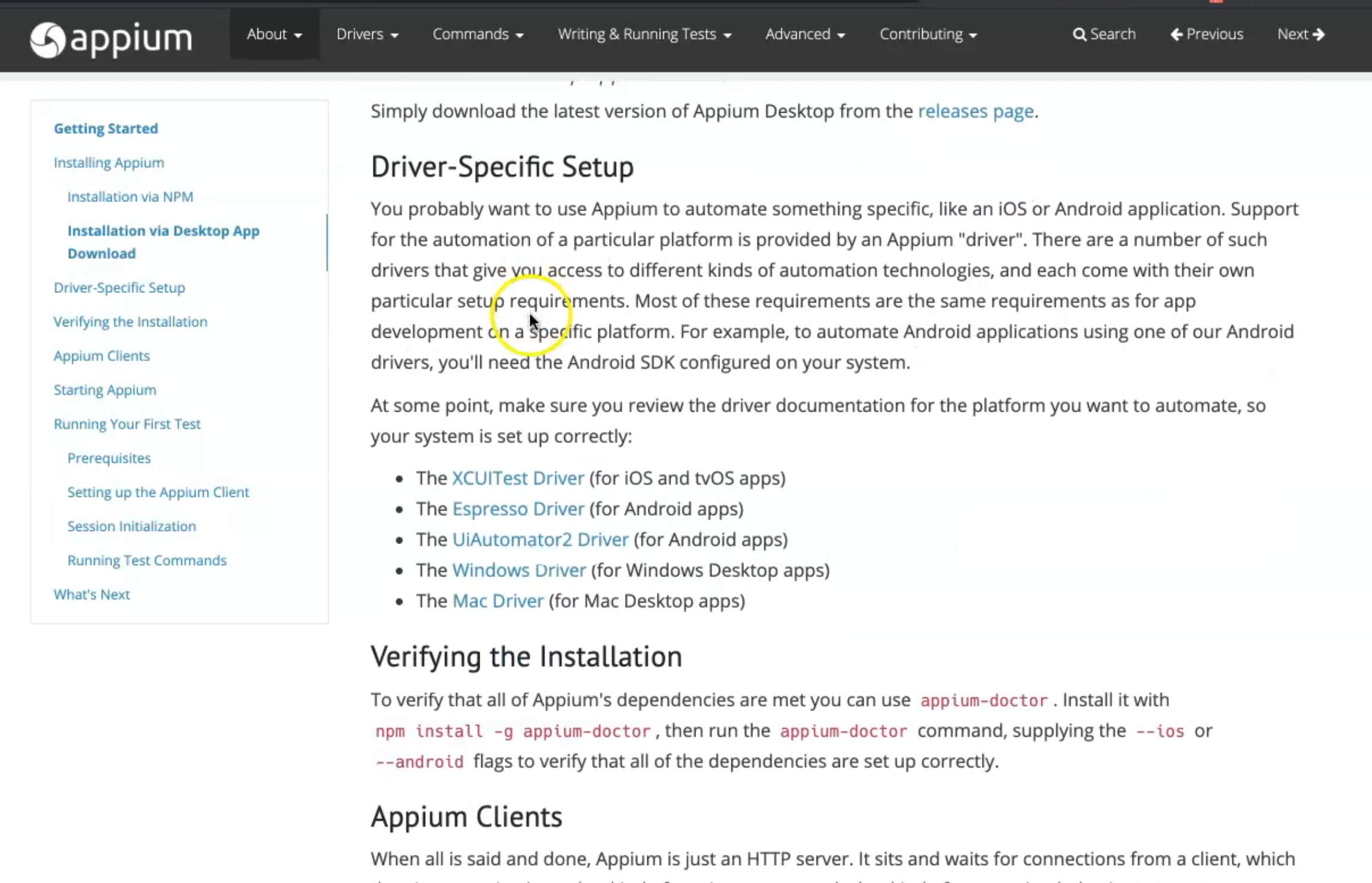

Once you have your account, you can see all the Xcode downloads from the Apple Developer website: If you’d like to read up on the differences between the two account type, you can check out Apple’s support article “ Choosing a Membership”. If you are just starting out, you can stick with the free account that simply uses your Apple ID (see link above if you need to register for one). One is a free account and the other is $99/year which includes the ability to publicly distribute your iOS/macOS apps. There are now two types of accounts you can use to sign into the Apple Developer website. You can also download current and older versions of Xcode from the Apple Developer website but first you will need a developer account. After that point, you can then click OPEN or in the future run it like any other application (Spotlight Search, Finder -> Applications, etc). The Mac App Store will handle downloading Xcode and installing it on your system. If you don’t have an Apple ID, you can easily create your Apple ID with any existing email address. This will require you to log in with your Apple ID. Next select GET and finally INSTALL (mine shows OPEN since I’ve already installed it).


First run the Mac App Store app (⌘+Space and type app store) and then search for xcode: Perhaps the easiest way to install Xcode is to use the Mac App Store. Now you're all set to take advantage of the awesome power of Homebrew.There are multiple ways to install Xcode on macOS and in this blog we’ll walk you through the three most common techniques: Once that's all set, you can install the Command Line Tools through Xcode itself, or via the command line with the following command: xcode-select -install You can download Xcode free on the Mac App Store. Next, make sure you have Xcode installed. In addition, you should install pip, the Python package manager.Ĭommand to install Python: brew install pythonĬommand to install pip: sudo easy_install pip Xcode Command Line Tools (CLT) Python 2 is standard in macOS, but you need to install Python 3 separately. A lot of open source software, in particular, is built with Python. Installing programming languages is one of Homebrew's bread-and-butter tasks. It'll open up the range of options available to you. While you're at it, go ahead and install cask as well. Install Homebrewįirst, you'll need to open Terminal to install Homebrew on your Mac. Prerequisites to Using Homebrewįollow these steps to set up everything you need to install the apps discussed here. Let's take a look at what Homebrew can do with some handy apps for your Mac.


 0 kommentar(er)
0 kommentar(er)
